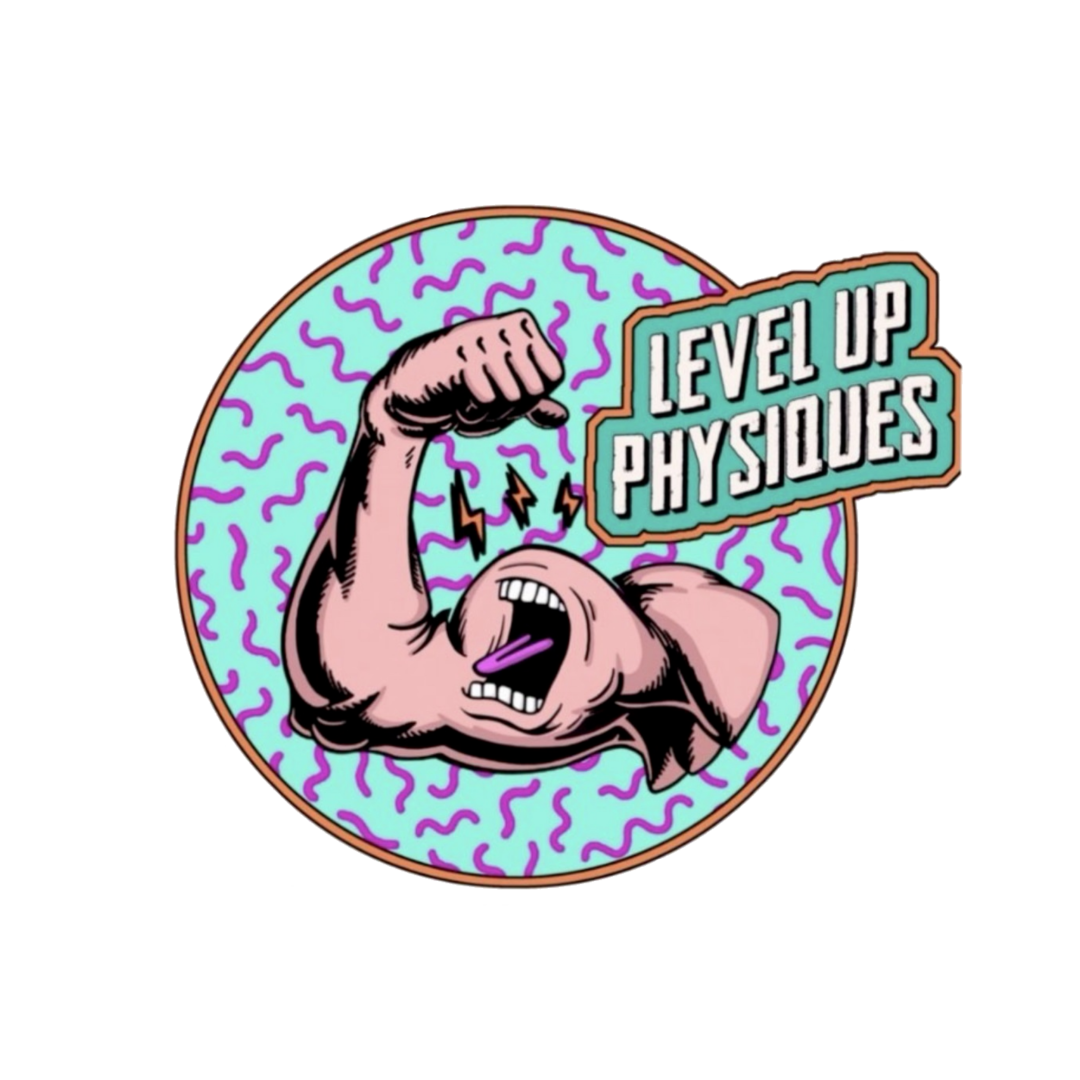Growth Hormone: The Fountain of Youth or Just Another Gym Myth?
Ah, growth hormone (GH)—the elusive elixir that some believe can turn you into a muscle-bound superhero. If you’ve ever wondered if GH is the secret sauce behind those jacked physiques you see on Instagram, you’re in the right place. Grab your lab coat (just kidding, you won’t need it) as we dive deep into the world of growth hormone!
What Is Growth Hormone?
Produced by the pituitary gland, growth hormone plays a pivotal role in growth, metabolism, and muscle development. It’s like your body’s own personal trainer, yelling at your cells to grow and multiply. But unlike your actual trainer, GH won’t ask you to do a single burpee.
The Gains: What Does Research Say?
Here’s where it gets interesting. Growth hormone has several documented benefits, especially when it comes to physique enhancement. Let’s break it down:
Muscle Growth: Studies show that GH stimulates the production of insulin-like growth factor 1 (IGF-1), a hormone that promotes muscle growth and recovery. One study published in the Journal of Clinical Endocrinology & Metabolism found that GH administration resulted in significant increases in lean body mass (Lowe et al., 1998). In other words, it’s like sprinkling magic dust on your muscles to help them grow.
Fat Loss: GH enhances lipolysis, the process of breaking down fat stores for energy. Research indicates that GH can help reduce body fat, especially visceral fat, which is the stubborn kind that loves to hang around your midsection (Nair et al., 2003). So, if you’re looking to shed some pounds, GH might be your new best friend—though you should probably still hit the gym.
Recovery & Performance: GH can improve recovery times after intense workouts. A study in the American Journal of Physiology reported that GH administration led to faster recovery from exercise-induced muscle damage (Fuh et al., 2004). Imagine finishing a tough leg day and waking up the next morning ready to squat again—now that’s the dream!
The Risks: The Dark Side of the Magic Potion
But before you start dreaming of a life filled with HGH injections and shredded abs, let’s talk about the other side of the coin:
Water Retention: One of the most common side effects of growth hormone use is water retention. You might end up looking like a pufferfish—great for comedy but not so much for aesthetics. This can lead to joint pain and discomfort, making you feel like you’ve run a marathon in flip-flops.
Carpal Tunnel Syndrome: Ever woken up with tingling hands? GH can contribute to carpal tunnel syndrome due to swelling in the hands and wrists. So, if your grip strength is taking a hit, it might be time to reevaluate your GH use—or at least invest in some wrist braces.
Potential for Cancer Growth: While GH has many benefits, it’s essential to recognize that it can also promote the growth of tumors. A study in the Journal of Endocrinology noted that excessive GH levels could lead to increased risk of cancer (Nielsen et al., 2007). So, use it wisely—no one wants to become the Hulk for the wrong reasons!
The Dosage Dilemma
When it comes to GH, dosage is everything. Athletes often use higher doses to maximize gains, but this increases the risk of side effects. For therapeutic purposes, doses typically range from 0.2 to 0.4 mg per day, while bodybuilders might push this higher. Just remember: more isn’t always better!
Conclusion: The Bottom Line
Growth hormone can be a powerful tool for those looking to enhance their physique, but it’s not without its risks. Approach it like a double-edged sword: wield it wisely, and it could help you achieve your goals. But misuse it, and you might just end up with a bellyache and a newfound affinity for wrist braces.
So, before you jump on the GH bandwagon, consider consulting a healthcare professional. Because, at the end of the day, the best gains come from hard work, dedication, and a sprinkle of common sense!

